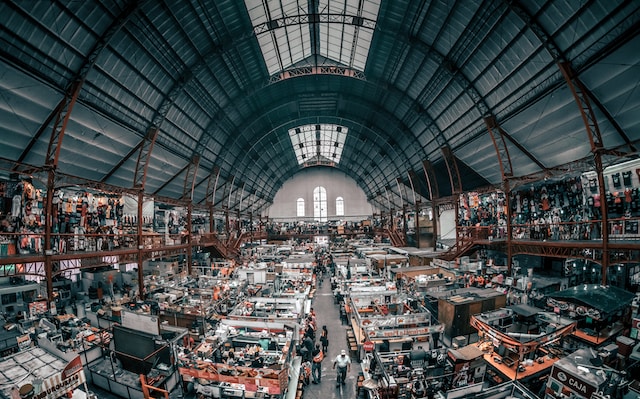Industrial filtration is a vital process for many manufacturing industries. It keeps harmful contaminants from equipment, extending its life and decreasing downtime.
This can be done by separating fluid from its solid components, or in the case of air and gases, by removing contaminants. To do this, filters must operate properly.
The Flow of Liquids
Industrial process filters Virginia are used throughout various stages of manufacturing. Effective monitoring, separation and filtration help manufacturers improve product quality, extend equipment life and reduce downtime.
In a filter, fluids or gases pass through the medium, which captures contaminant particles and then discharges the impurity-free substance as filtrate. This is done by creating a pressure difference between the two sides of the filter to propel liquid or gas through the medium and away from the contaminant.
However, certain contaminants may evade capture by the filter media during the filtration process, causing unfiltered flow. This occurs for several reasons, including media inefficiency factors like porosity, breakage, sealing and construction; uncontrolled permeability resulting from a ratio of the median pore area to the alternate flow path areas; or dislodging captured particles during the cleaning and flushing processes. These unfiltered flows contribute to foaming, higher fluid temperatures and system response, pump damage from cavitation, accelerated oxidation, and other undesirable effects.
The Flow of Particles
Filtration is a common industrial process widely employed to remove unwanted particles from liquids, gasses, and other materials. It helps to ensure clean air and water and protect equipment from potential harm that could lead to system failures and costly repairs.
As the contaminated fluid upstream of the filter passes through the filter medium, a portion of the particles are physically captured and retained on the surface or in the pores of the medium. This occurs due to the nonspherical nature of many contaminant particles and hydrodynamic effects that cause them to migrate laterally away from the main flow path.
Other particles are attracted to the surfaces of fibers and pore openings by surface forces, including electrostatic, hydrogen bonding, and Van der Waals attractive forces. Combining these mechanisms explains why filtration is referred to as the “separation” or “sieving” process, despite not occurring at a single perforated layer as in sieves.
The Flow of Gases
Filtration is a key process in industrial manufacturing to protect equipment such as blowers, compressors and power generation units. The equipment is exposed to high pressure and temperature, so specialized filters are essential to ensure, so specialized filters are essential to ensure uptime and performance.
There are many different methods of separating solids from liquids and gasses, including mechanical, biological, and chemical filtration. All methods rely on the substance and filter interaction to attain separation.
Operating conditions such as temperature and pressure influence the physical state of the contaminants, which in turn affects the filter’s design. For example, extreme temperatures can cause liquids to evaporate into vapors, bypassing certain types of filters. Pressure can also dictate the filter’s materials of construction, which must meet specific welding and fabrication standards such as ASME VIII, PED and ATEX for potentially combustible dust.
The Flow of Solids
Filtration is the process of removing solid particles from a fluid. This is done by passing the liquid through a medium that allows the liquid to pass but traps the solids. The resulting clear liquid is known as the filtrate. The solids retained on the filter medium are known as the filter cake.
Industrial filters come in a variety of shapes, sizes, and materials. They can be used to filter water, gas, or chemicals. They can also protect equipment by removing unwanted particles that could corrode or damage it.
The simplest form of industrial filter uses gravity to separate solids from liquids. This is accomplished by pouring the mixture over filter paper or other medium. The solids are trapped in the filter while the fluid flows underneath it. Different types of industrial filters use pressure or vacuum to remove solids from liquids. These methods are often used to separate sludge from mining and wastewater.

